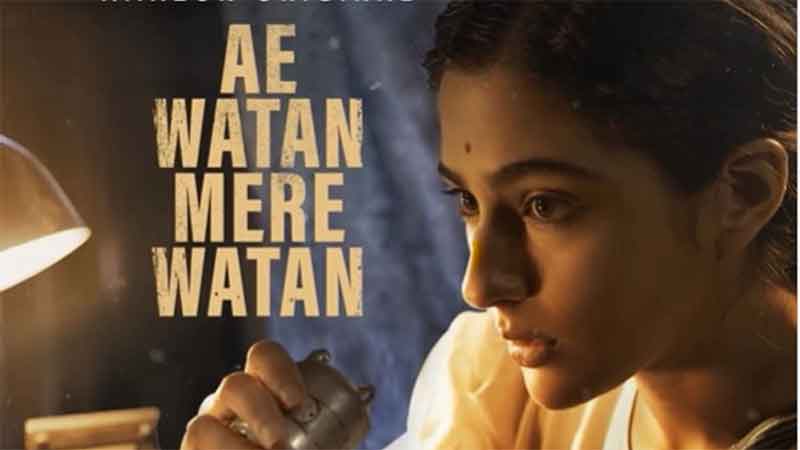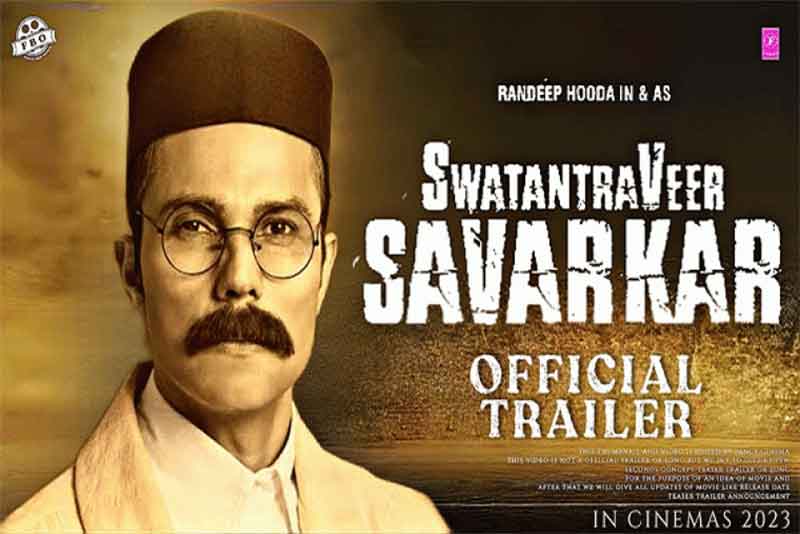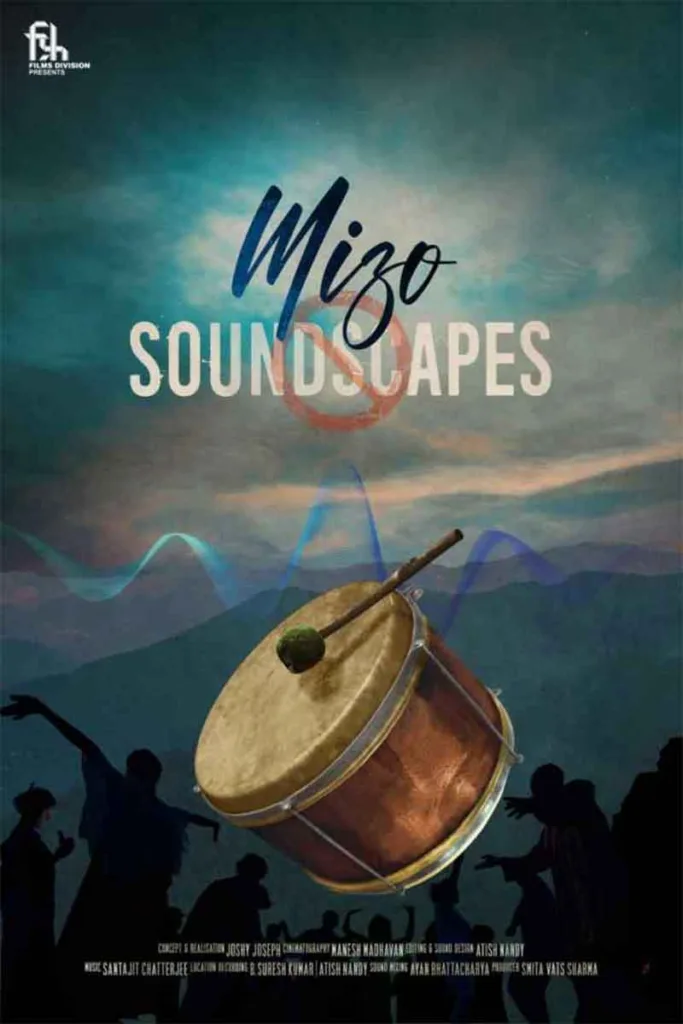
“I planned Thampu as a documentary feature. It was shot in Thirunnavaya on the banks of the Bharathapuzha. I came to this village with ten to fifteen circus artistes who had already left their circus company. We did not have a script and we shot the incidents as they happened. What we did on the first day was to call all the villagers and perform a circus act for them. There were a lot of people who had not seen a circus before. We shot their responses as they were watching. We did not ask them to do anything. After the initial hesitation, they forgot the lights and the shooting and got completely involved in the circus. It was all very original. At that time the village was getting ready for the Ayyappan Vilaku festival which we used in the film. Finally, the whole village got so involved in preparing for its festival, they lost their interest in the circus. The film ends there. In fact, it is a location film.”
– Govindan Aravindan (1935 – 1991)
More than forty years ago, Aravindan made Thampu (Tent, Malayalam, b/w, 35mm, 130 mins). This nugget of a docudrama, more ‘docu’ than drama, carved out a special place for Aravindan in the sacred grotto of New Malayalam Cinema.
Aravindan never went to film school, nor did he serve apprenticeship under anyone. The virginal innocence of his foremost characters, at least some of whom are to be found fluttering their wings, sometimes in anxiety and at other times in anticipation, is partially to be attributed to his coming to films without any formal preparation. Combined with this was his intrinsically philosophical temperament which was finely tuned to his eclectic sense of music. He had learnt nothing within the confines of a classroom, so the need never arose for him to unlearn anything when it came to doing films. He started out with a clean sheet, so to say, making it easier for him to structure his signature in varying styles and idioms in the few but markedly different films he made.
All that he had by way of qualification to be a filmmaker were sharp, sympathetic eyes which took in the minutest detail of human conduct or Nature’s moods; a ear trained in both Carnatic and Hindustani music; the imagination of the poet, which at times veered on the theatrical; and the intellectual curiosity to experiment with every input that goes into the making of a film.
Aravindan was past thirty-five when he came to filmmaking. It is a measure of the artist in him that when he died at the age of fifty-six, he left behind a body of work which would match the best exertions of the best of his peers in this frenetic, highly competitive field. Varied in subject and style, his fictional features are leavened by a documentary flavour, indicating his interest in not just telling a story but injecting a veiled commentary on social realities.
Aravindan – Self Portrait
In marked contrast, Aravindan’s documentaries, which one would have normally expected to be critiques of the plaintive human condition in modern India, actually relate more to the arts and well-known practitioners of the arts and even include a mystical philosopher. All this point to a restless, esoteric spirit, a seeker after the higher realms of truth and beauty without divorcing himself from the here and now. Not that he succeeded in realizing his goals in everything he did, be it fictional features, documentaries or fusions thereof (who does?), but the thing to note was his spirit of free enquiry which drove him to tread difficult terrain.
Thampu is a great departure in subject, style, mood and treatment from what preceded it in Aravindan’s filmography. In terms of both theme and metaphor, the film’s improvised screenplay is a text good enough to be taught at the best of film schools. Commonly regarded as Aravindan’s most distinguished work, Thampu uses haunting black and white images in a freewheeling style to flesh out a series of episodes that make for a statement of sorts on individual/group fun and failure.
This much-loved film, which both saddens and elevates, is rightly used to define a period in the history of New Malayalam Cinema when its intentions were pure and looks redolent with good health – qualities that have all but departed at the moment of writing.
Speaking for myself, Thampu is my favourite Aravindan film – full of mysterious shadows and magical situations, this despite the director’s assertion that he found nothing mysterious in his films; a work of music, mime, grime and silence – showing up the lies, humiliations and depths of disgrace behind the glamour and tinsel of the big top; caressing the pains and revealing the perfidies of the art and the profession; lamenting the little tragedies and celebrating the occasional triumphs of the clowns and the musclemen, the trapeze artistes and the distraught managers of the show. Simultaneously, the film is about village grown-ups who come with their little boys and girls to enjoy the performances, their eyes shining with anticipation and their mouths agape at the thought of what these mythical creatures would come up with next.
Thampu does not have a storyline as such; instead, it attracts the viewer with a succession of true-to-life images strung together by Aravindan’s unique poetics and his cinematographer Shaji Karun’s extraordinary visual flair. The film abounds in passages, long and short, that stick to the mind tenaciously. For instance, as the camera glides over the faces of the mesmerized audience taking in the circus acts, the film viewer, in his turn, almost forgets about the circus and instead comes to be glued to the gallery of faces – sometimes the faces of entire families – frozen in fascination.
Then again, there is a sad humour about the half-lit nocturnal shots showing the silent burly muscleman and his equally silent partner, the little clown, having a drink at the village liquor shop and, later, returning to the tent with the clown perched like a bird on the shoulder of the big man. Yet again, who can ignore, unless he watches a film mechanically, the growing tension ending in a dramatic outburst involving an elderly clown who gets slapped by the manager for supposedly overdoing things.
Significantly, Thampu relates to an art form, a trade and an industry, indeed a way of life, with which many a maverick Malayali family can be identified. Every second or third circus artiste or circus manager in the country is still from the backwoods or backwaters of Kerala. So, in a sense, Aravindan was fashioning in his quaint, quiet and even idiosyncratic way, universal symbols and motifs out of local, homespun material.
Now that circus-going is slowly losing its attraction, what with less creative forms of entertainment rearing their heads, there may soon come a time when students of sociology or cultural history would have to turn to a film like Thampu to measure, for one thing, the extent of change that has overtaken popular tastes in matters of fun, family enjoyment, and creativity of a certain kind. At the same time, the film will harken back to a past in the history of Malayalam cinema when one of its great filmmakers thought nothing of taking on formidable challenges in areas diverse – artistic, aesthetic, ethnographic, et al.
In Thampu we get to see some fleeting shots of the family life of at least one elderly female member of the circus party. Although nothing is spelt out, the viewer gets the feeling that the little girl whose hair the woman combs or whom she feeds is her own child. Aravindan leaves it to the imagination of the viewer to make out what he wishes of the relationship between different members of the troupe. Even when he was pressed to elaborate on this aspect of the film, Aravindan did not open up.
But the director spoke at some length about the young man who leaves his well-off family to join the circus party as it is leaving the village. This young man is an interesting presence in the film. He does not speak; appears to have his own ideas about music and life; and is certainly alienated from his wealthy father who, in his turn, perhaps looks upon his son as a failure in life. We have a momentary look at the bleakness of family life and the absence of communication between the members of the family. The father makes money and drinks, the mother is a silent sufferer, the daughter is badly spoilt by her father’s excess of affection for her, and the son is a loner who likes to be left alone.
Speaking to an interviewer about the discontented young man, Aravindan is on record: “This young man belongs to an upper middle-class family that has returned from abroad and is now settled in the native land. I am fascinated by this kind of people. This ‘return’ has been with us (the Malayalees) for a very long time. Earlier, people ‘returned’ from Singapore, Burma or Ceylon. Now they return from the Gulf. That is the only difference. When they ‘come back’ they will build a big bungalow and live isolated from those around them. Their relationships are confined to those of similar ‘type’ – they will of course have their ‘weekend gatherings’. The question is, why do they ‘come back’ if they are unable to or do not want to mix with the people around them? My young man is someone who is discontented with this sort of isolation and wants to be in tune with the people and surroundings. He does not like to sit at home. He starts learning to read Malayalam and then asks the circus whether he can join them and ultimately goes away with them… He could not get along with his family. To escape the home atmosphere, he goes and finds a place under a banyan tree. At home he is surrounded by rock music while he himself loves classical music. I have included in the film the moment of his decision to join the circus. You see him asking the circus to take him along. The circus manager tells him to get onto the truck. At that moment he has not identified himself with the circus – he is merely escaping from his environment. No one has taken note of him in the circus company. The film ends with the sequence of him sleeping by the side of the circus clown.”
It is difficult to visualize a more ironic ending. Here is a prosperous builder’s only son – a person who could have anything he wished for – leaving behind a life of comfort and ease and opting for the uncertain, itinerant existence of the circus because the former had everything except the love and togetherness that family life commonly denotes. Who knows, gradually, the newcomer may discover these values in the band of strangers with whom he has taken to the road.
The ‘new family’ may have more welcoming things to offer than the one he has chosen to leave. Speaking to the interviewer, the Malayali auteur says : “We cannot really predict what the young man will become or what he will do… He could become anything, even a circus clown… We are not making it clear. The emphasis is on his escape from his immediate environment.”
While on the subject of the young man’s obvious disillusionment with conventional family life and his almost desperate attempt at starting anew in the company of the travelling artistes, perhaps it would not be entirely idle to speculate on the ‘prodigal son’s’ return to the family nest where he was born and had been raised. After all, the impatience and adventurousness of youth has been known to wear off with time and the advent of ‘maturity’. He might end up as a clown, as Aravindan put it, or as an inheritor of his once-despised father’s building business and a man very much of this world.
The strength of Aravindan’s images was largely on their compelling silence, which drove his best viewers on separate journeys to discover new narratives and new discourses. Family representations are not many in Thampu and even these are far from obvious, but the viewer is sure to be rewarded if he makes the necessary effort to get under the skin of the disparate characters who populate this masterpiece. Sometimes, the family has to be imagined to be discovered.
( Vidyarthy Chatterjee writes on cinema,society, and politics.)
SIGN UP FOR COUNTERCURRENTS DAILY NEWSLETTER

















































